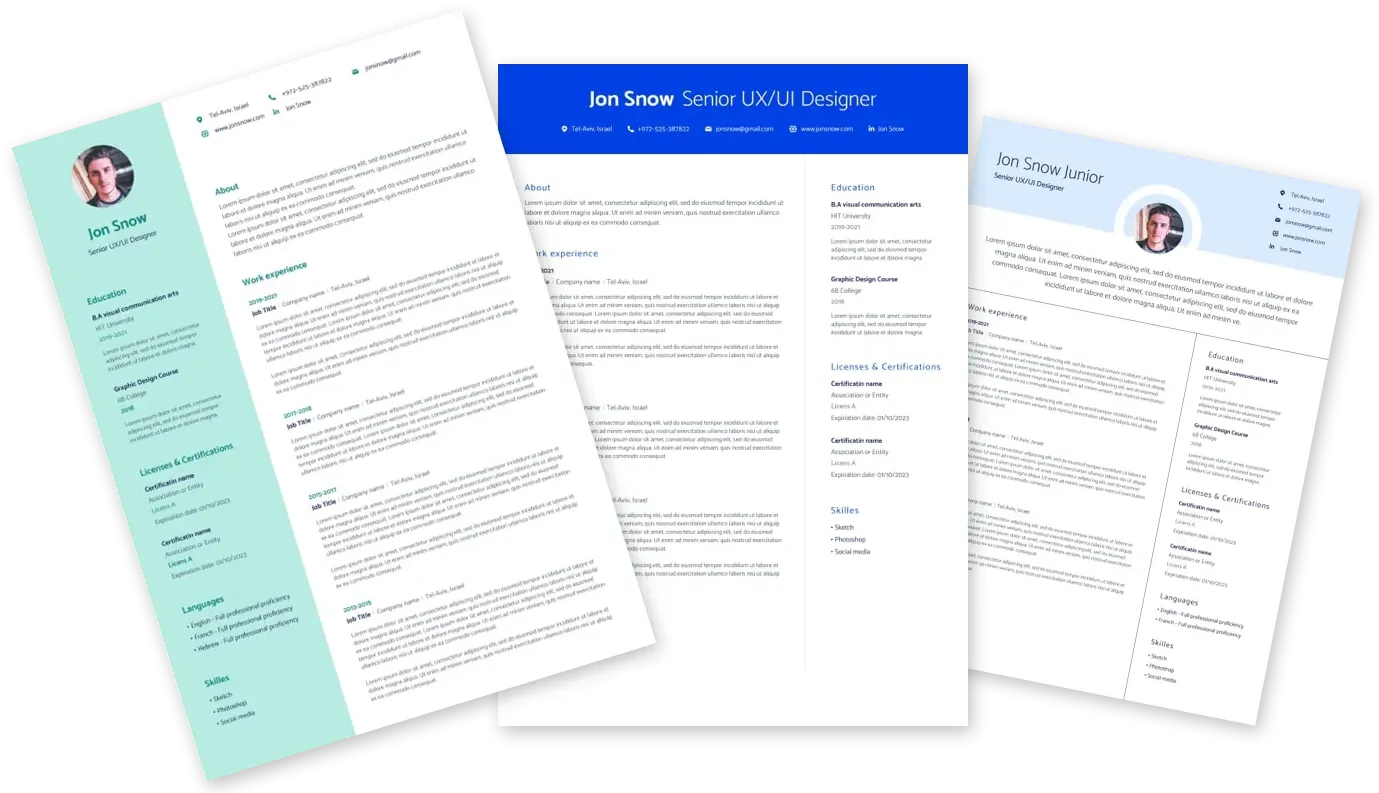

Microsoft AI Applied Scientist-2 Taiwan, Taoyuan City 77774290
Share
As aAI Applied Scientistfor D365 Sales, you will play a pivotal role in advancing Microsoft's mission to empower every individual and organization on the planet to achieve more. You will contribute to the development and integration ofYou will collaborate across product,
AI Applied Scientist-2This role will combine AI knowledge with applied scienceexpertise, and
Required Qualifications
- Bachelor’s degree in Computer Science, Statistics, Electrical/Computer Engineering, Physics, Mathematics or related field AND 4+ years of experience in AI/ML, predictive analytics, or research- OR Master’s degree AND 3+ years of experience- OR PhD AND 1+ year of experience- OR equivalent experience
- 1+ years of experience with generative AI OR LLM/ML algorithms
Other Requirements:
- to meet Microsoft, customer and/or government security screening requirementsarerequiredfor this role. These requirements include but are not limited to the following specialized security screenings:
- requiredto pass the Microsoft Cloud Background Check upon hire/transfer and every two years thereafter.
Preferred Qualifications:
- Experience withMLOpsWorkflows, including CI/CD, monitoring, and retraining pipelines.
- Familiarity with modernLLMOpsframeworks (e.g.,LangChain,PromptFlow)
- 3+ years of experience publishing in peer-reviewed venues or filing patents
- Experience presenting at conferences or industry events
- 3+ years of experience conducting research in academic or industry settings
- 1+ year of experience developing and deploying live production systems
- 1+ years of experience working with Generative AI models and ML stacks
- Experience across the product lifecycle from ideation to shipping
Bringing the State of the Art to Products
- Build collaborative relationships with product and business groups to deliver AI-driven impact
- Research and implementstate-of-the-artusing foundation models, prompt engineering, RAG, graphs, multi-agent architectures, as well as classical machine learning techniques.
- Fine-tune foundation models using domain-specific datasets. - Evaluate model behavior on relevance, bias, hallucination, and response quality via offline evaluations, shadow experiments, online experiments, and ROI analysis.
- Build rapid AI solution prototypes, contribute to production deployment of these solutions, debug production code, supportMLOps/AIOps.
- Ability to use data toidentifygaps in AI quality, uncover insights and implementPoCsto show proof of concepts.
Leveraging Research in real-world problems
- Demonstrate deepexpertisein AI subfields (e.g., deep learning, Generative AI, NLP, muti-modal models) to translatecutting-edgeresearch into practical, real-world solutions that drive product innovation and business impact.
- Share insights on industry trends and applied technologies with engineering and product teams.
- Formulate strategic plans that integratestate-of-the-art
Documentation
- Maintain clear documentation of experiments, results, and methodologies.
- Share findings through internal forums, newsletters, and demos to promote innovation and knowledge sharing
Apply a deep understanding of fairness and bias in AI by proactivelyand mitigating ethical and security risks—including XPIA (Cross-Prompt Injection Attack) unfairness, bias, and privacy concerns—to ensureand responsible outcomes.
- Ensure responsible AI practices throughout the development lifecycle, from data collection to deployment and monitoring.
- Contribute to internal ethics and privacy policies and ensure responsible AI practice throughout AI development cycle from data collection to model development, deployment, and monitoring.
Specialty Responsibilities
- Design, develop, and integrate generative AI solutions using foundation models and more.
- Deep understanding of small and large language models architecture, Deep learning, fine tuning techniques, multi-agent architectures, classicalML, andoptimization techniques to adapt out-of-the-box solutions toparticular business
- Prepare and analyze data for machine learning,identifyingoptimalfeatures and addressing data gaps.
- state-of-the-artmodels, open-source libraries, statistical tools, and rigorous metrics
- Address scalability and performance issues using large-scale computing frameworks.
- Monitor model behavior, ,guide product monitoring and alerting, and adapt to changes in data streams.
These jobs might be a good fit
